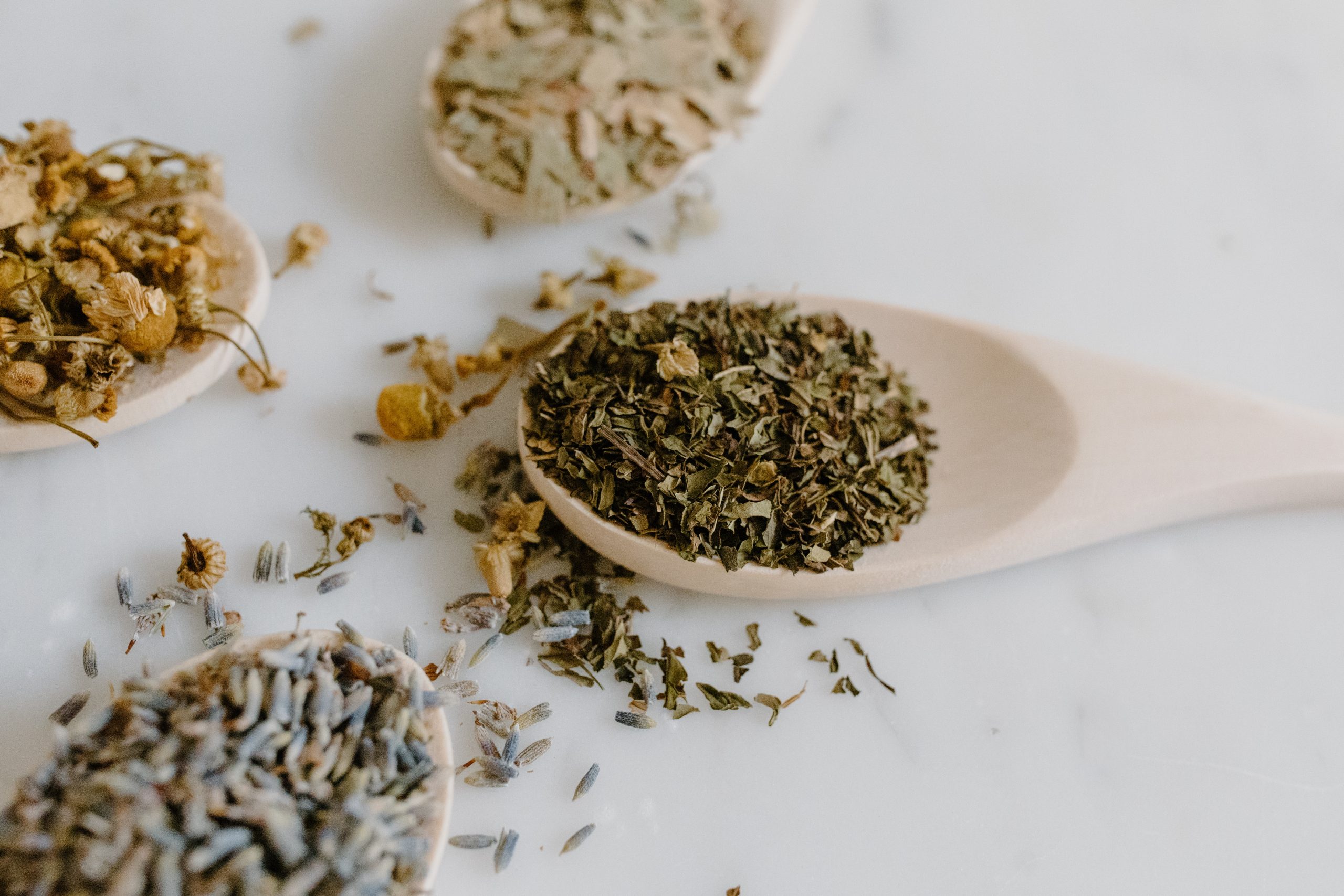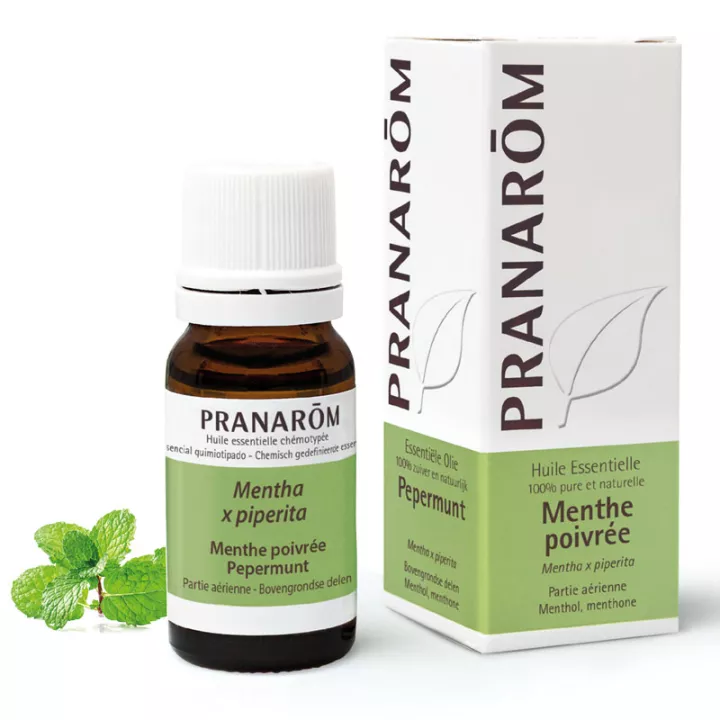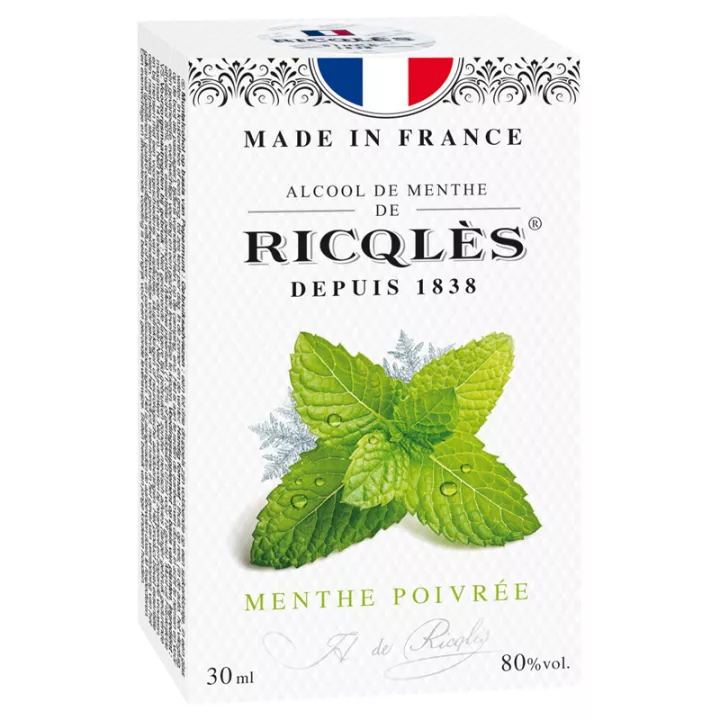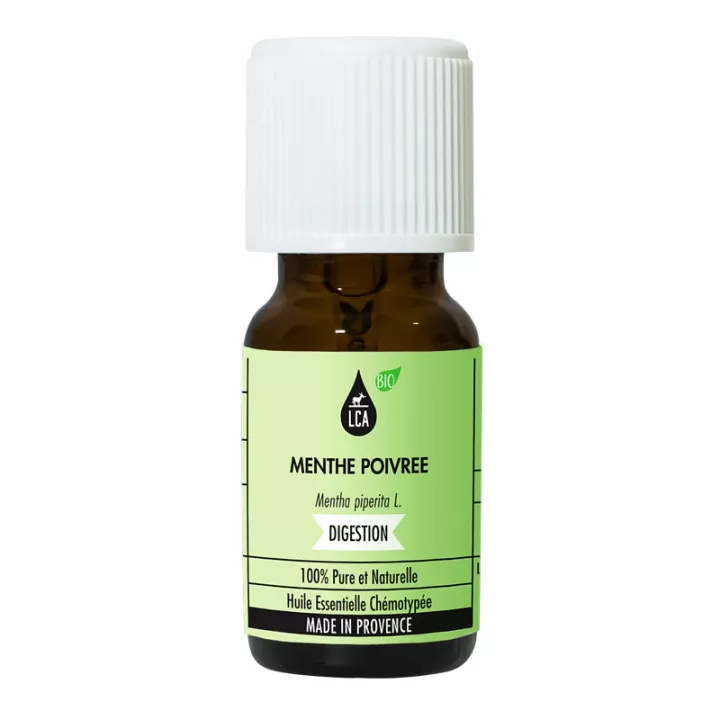What is peppermint used for - Whole leaf Iphym?
Peppermint is a medicinal plant renowned for its many therapeutic properties. Used since the 17th century, it is the result of hybridization between several mint species. Peppermint leaves and the essential oil they produce are highly prized for their antispasmodic, anti-inflammatory and decongestant effects. Discover the exceptional benefits of this natural plant below.
Peppermint leaves are renowned for their ability to calm spasms and reduce bloating. They are particularly effective against irritable bowel syndrome, a condition that causes abdominal pain and intestinal upset. By acting on the smooth muscles of the digestive tract, peppermint helps reduce cramping, nausea and gastro-oesophageal reflux. If you suffer from difficult digestion or intestinal colic, an infusion of peppermint leaves can greatly improve your digestive comfort.
In low doses, peppermint also has calming effects. It promotes restful sleep and helps reduce anxiety. Peppermint's refreshing aroma can also be diffused or inhaled to relax the mind and reduce stress. It is also beneficial for nursing mothers, helping to regulate milk flow and stimulate menstruation.
Peppermint 's decongestant properties are widely recognized. It helps open up the respiratory tract and relieve the symptoms of bronchitis, rhinitis and colds. Inhaled or rubbed in, it acts as an antiviral and antibacterial agent, helping to fight respiratory infections. If you have difficulty breathing due to nasal congestion, peppermint essential oil is a natural solution to clear the nose and reduce inflammation.
Applying peppermint to the skin is an excellent remedy for muscular pain and migraines. Thanks to its anesthetic and antispasmodic effects, it relieves muscular tension and headaches. Applied topically, it can reduce pain associated with arthritis, neuralgia and joint pain. If you're prone to aches and pains, don't hesitate to use peppermint for rapid relief.
In cosmetics, peppermint is prized for its antiseptic and refreshing properties. It helps reduce acne, regulate sebum in oily skin and soothe skin irritations. Applied to the scalp, it stimulates blood circulation, promotes hair growth and relieves itching. It's an ideal natural treatment for problem skin and tired hair.
Peppermint is also known for its effectiveness against nausea and vomiting. Whether for pregnant women suffering from morning sickness, people with motion sickness, or those undergoing heavy treatments such as chemotherapy, peppermint can provide real relief. It acts quickly to calm the stomach and reduce the urge to vomit.
The Iphym laboratory also offersYarrow Cut Head at the best price in our online pharmacy.
How to use this plant
To reap the full benefits of peppermint, we recommend preparing an infusion from 3 to 6 g of dried leaves a day. This corresponds to about one tablespoon per 150 ml of water. Leave the leaves to infuse for ten minutes to extract all their beneficial properties. You can use this infusion up to three times a day to soothe digestive or respiratory disorders.
Give your opinion on the recommendations for use and dosage of Peppermint - Whole Leaf Iphym with our partner Verified opinions after your purchase.
Precautions for use
It's important to take certain precautions when using peppermint. Due to its stimulating effect on bile secretion, its oral use is not recommended for people with gallstones, as it could provoke a biliary colic attack. In addition, peppermint can interact with many medications, notably those prescribed for the heart (such as calcium-channel blockers). Those undergoing treatment are therefore advised to consult their doctor before consuming large quantities.
Pregnant women, especially during the first trimester, should avoid peppermint because of the risk of uterine stimulation. The same applies to nursing mothers, as the plant's active ingredients can pass into breast milk.
Peppermint is contraindicated for children under two years of age, and not recommended for children up to four years of age due to the risk of laryngeal spasms. For children under eight, it is preferable to avoid using peppermint essential oil.
What is its composition?
Latin name: Menthe piperata
Family: Labiatae
Common names: English mint, Hungarian mint
Part used: Leaf
Origin: Europe, Asia, North America
Main active ingredients: Essential oils containing mainly menthol, neomenthol, isomenthol, menthone; tannins including rosmarinic acid and caffeic acid derivatives; flavonoids with eriocitrin as the main compound.
Presentation
Whole leaves 250 g.











